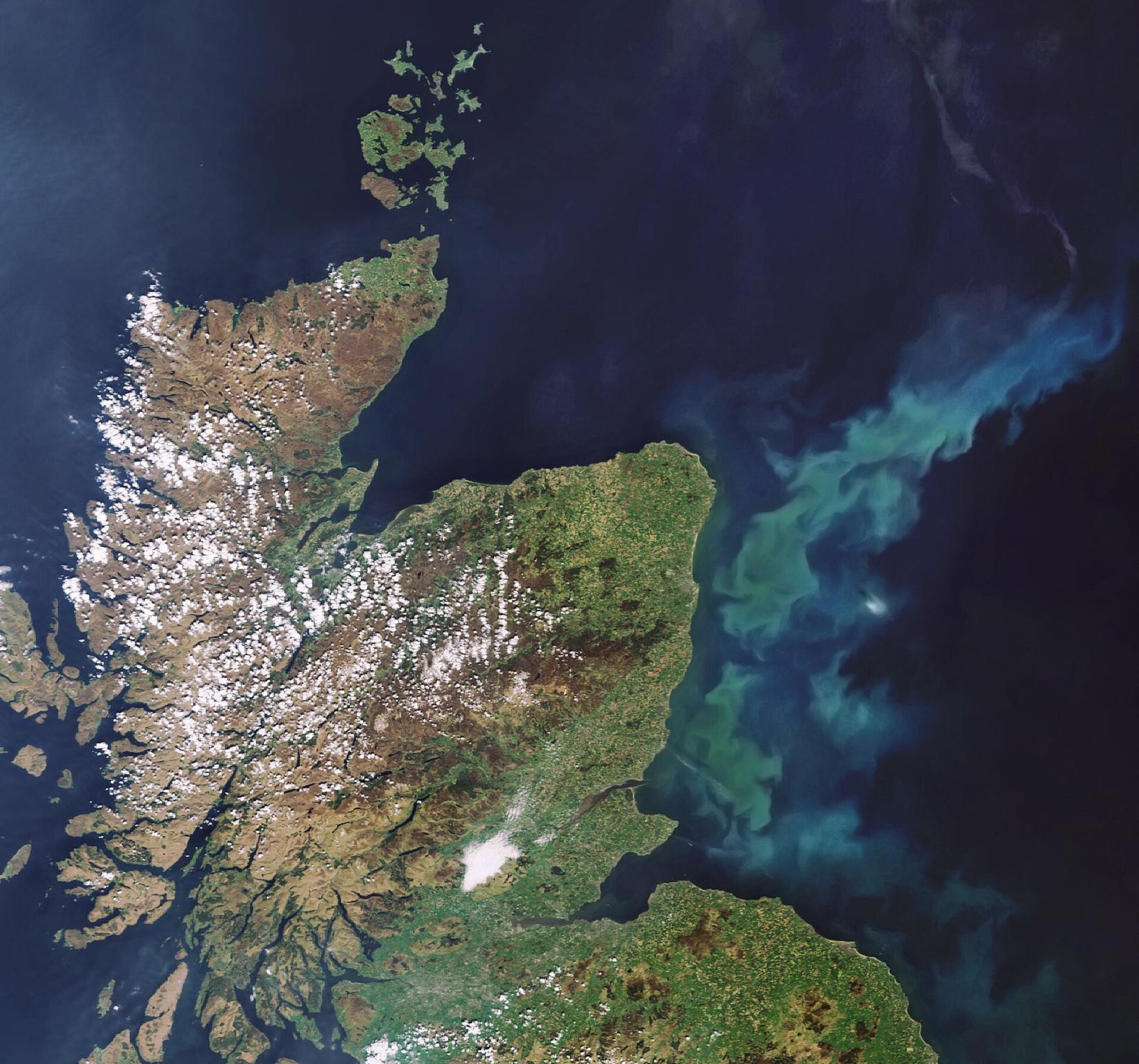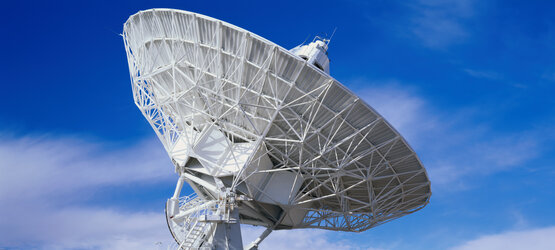Optical missions
Optical imagers and multispectral radiometers provide images of Earth's surface and atmosphere. Copernicus Contributing Missions carrying optical imagers complement the multispectral imagery from Sentinel-2 and images from the Ocean Land Colour Instrument and Sea Land Surface Temperature Radiometer carried on Sentinel-3.
Optical imagers are amongst the most common instruments used for Earth observation. They are generally nadir-viewing instruments with a horizontal spatial resolution ranging of 1–300 m and swath widths in the order of tens to hundreds of km.
They have many application areas such as agriculture, land-cover mapping, damage assessment associated with natural hazards and urban planning. They are, however, limited to cloud-free conditions and daytime operation.
Measurements may be used to infer a wide range of parameters, including sea- and land-surface temperature, snow and sea-ice cover and cloud cover. They supply an important source of data on processes in the biosphere, providing information on global vegetation and its variation through the seasons – important for identifying areas of drought and early warning of food shortages.







